Is Paddle Boarding Hard to Learn?
In this article you'll not only get the answer to whether or not paddle boarding is difficult to learn, you'll get insights into how you can get out on the water quickly, even as a beginner. We all have to start somewhere, so don't let your inexperience hold you back. Stand up paddle boarding isn't hard. It's a blast to learn and most people are able to get the hang of it on their first time out.
We're going to take you through a method to help you improve at paddle boarding in a few easy steps. This involves analyzing what your strengths are and building an environment to help you succeed. You'll be surprised how fast you can pick up this sport with our SUP paddle board tips. For many, it will come quite naturally, but paying attention to a few key factors will have you riding like an experienced paddle boarder in no time.
Contents
- How Hard Is Stand Up Paddle Boarding?
- Why Is SUP Considered An Easy Water Sport?
- Why Could Stand Up Paddle Boarding Be Difficult For A Novice?
- How To Make SUP Less Difficult
- Do You Need Lessons To Paddle Board?
- Final Thoughts On The Difficulty Of SUP
How Hard Is Stand Up Paddle Boarding?
Stand Up Paddle Boarding is sweeping through the water sports scene with a fascinating blend of tranquility and adventure. Beginners might glance at the wide, buoyant boards and question, "Is paddleboarding hard to learn?" The truth is, it may not be as difficult as it seems. For those new to the sport, paddle boarding can seem daunting. The thought of balancing on a narrow board amidst the undulating embrace of water stirs a mix of excitement and apprehension. However, SUP is a sport of gradual learning and immense joy.

We all have to start somewhere.
Why Is SUP Considered An Easy Water Sport?
Stand up paddle boarding is considered 'easy' because paddlers of all shapes, sizes, and ages can learn enough to start having fun in no time with just a little bit of effort. Of course, perfecting your technique takes time and practice, but most people can stand up on flat water, paddle, and turn on their first time out in calm conditions without spending much time in the water. It's a great way to spend some time outside, get a full-body workout, and enjoy both the scenery and the wildlife from a different perspective. One of the benefits of paddle boarding is how it blends exercise with the pleasure of being outdoors, offering both physical and mental health advantages.
So, why is it easy? All of our paddle boards are designed to give most people a stable platform to stand on. It's much more stable and easy to balance on than a typical surfboard and you can take all the time you need to get to your feet instead of 'popping up' at just the right moment to catch a wave.
From a standing position, it's just about keeping your knees slightly bent, your weight slightly forward, and taking your first stroke. Because you don't have to learn to read the waves and time you pop up in a precisely coordinated movement, it's much easier to catch and ride a wave on a stand up paddle board.
Of course, just because it is easy to learn doesn't mean it is easy to master. Standing and paddling is the start, but more advanced riders can learn to ride the SUP board in all sorts of conditions. And of course, the more you ride, the better your cardio becomes and the further you can paddle.

Paddleboarding is a universally accessible sport, offering adventures that begin on your own terms.
Why Could Stand Up Paddle Boarding Be Difficult For A Novice?
Embarking on the SUP paddle boarding journey opens up a world of adventure and self-discovery, particularly for novices stepping onto the board for the first time. This venture into the waters of SUP introduces a variety of challenges, each serving as a stepping stone towards mastery and enjoyment of the sport. For beginners, understanding these initial hurdles is crucial, as it sets the foundation for a rewarding paddleboarding experience.
Transitioning from Water to Board
This precarious balance between maintaining stability and navigating through the liquid expanse requires not just physical agility but also mental resilience. For many, the mere anticipation of tipping into the cool embrace of the water instills a sense of caution so intense it can render them nearly immobile, hesitant to make even the slightest movement for fear of unsettling the delicate equilibrium.
The transition from water to board is a fundamental skill in stand up paddle boarding that often poses a significant challenge to beginners. This crucial step, which allows paddlers to move from swimming or floating beside their board to standing upright on it, encapsulates more than just the application of physical strength. It demands a harmonious blend of technique, balance, and timing, each component playing a pivotal role in ensuring a smooth and successful mount. Mastering this maneuver is essential for paddlers, as it not only facilitates the start of their journey across the water but also serves as a critical skill in scenarios where dismounts and remounts are necessary due to falls or during breaks.

The inherent wobbling instability of a paddleboard on water, coupled with the looming fear of falling overboard, can significantly challenge even the most eager beginners.
Navigating Crowded Spaces
Navigating crowded spaces introduces a significant layer of complexity for beginners in the world of paddle boarding. This challenge goes beyond mere physical ability, demanding a heightened sense of spatial awareness and precise control. In bustling environments, where the waters are shared with other paddle boarders, swimmers, and a variety of natural and man-made obstacles, the ability to maneuver gracefully through tight spaces becomes crucial. These crowded conditions can serve as a formidable test of a novice's skill and confidence, potentially overwhelming them and impacting their enthusiasm and progression in the sport.

Crowded spaces require a higher level of skill and confidence to maneuver safely and effectively, without impacting the enjoyment of others or compromising your own safety.
Weather Conditions
Weather conditions play a pivotal role in shaping the standup paddleboarding experience, with elements like wind, temperature, and precipitation directly influencing both the challenge level and enjoyment of the sport. High winds, in particular, can dramatically alter the dynamic of paddleboarding, presenting a formidable barrier to maintaining direction and control. Instead of a leisurely glide across the water, paddlers may find themselves in a strenuous battle against the elements. However, with a strategic approach to understanding and planning for weather patterns, these challenges can be significantly reduced, enhancing the overall SUP experience.
Paddling Techniques
The mastery of paddling techniques is fundamental to the stand-up paddleboarding (SUP) experience, presenting a learning curve steeped in the nuances of posture, grip, and stroke execution. For novices, venturing into the world of SUP often brings with it a series of common errors, from holding the paddle incorrectly to utilizing strokes that are inefficient and energetically costly. These initial missteps, while part of the learning process, can lead to rapid fatigue, diminished control over the board, and a less enjoyable experience on the water.
How To Make SUP Less Difficult
So, how can you make it easier on yourself? You can check out an intensive intro to paddleboarding lessons or follow these simple steps and stand up paddle boarding won't seem difficult at all.
1. Make sure you get yourself the right size and type of board
We covered everything you need to know in two previous articles "How to Choose the Best SUP Shape" and "What's the Best SUP Size for You?", so have a read! If you're still unsure ask the experts! Drop us a line at contactthursosurfcom or hit us up on social with questions anytime.
After securing the right board, you're set to embark on your water adventures. While the transition from water to board may initially present a challenge, embracing a series of straightforward steps can significantly ease this process, transforming it into an enjoyable part of your SUP experience:
- Approach your board from the side, placing your hands on the edges near the center.
- Kick your feet to help propel your body upwards and slide onto the board in a prone position.
- Once stable, slowly move to a kneeling position, centered on the board.
- When you feel balanced, stand up one foot at a time, placing your feet where your knees were.
- Remember, the key to balance is to keep your feet parallel, about hip-width apart, and your knees slightly bent.
- Mastering this process requires patience and practice but becomes second nature with time.

This slight bend not only enhances your stability but also increases your board's responsiveness. It keeps your center of gravity low, making it easier to maintain balance as conditions change.
2. Choose your waterway wisely
Selecting an appropriate waterway is a crucial decision that greatly influences your paddleboarding experience, especially for beginners. Starting in calm, sheltered waters with minimal crowd presence allows you to focus on mastering your skills without the added challenges of wind, waves, and congestion. This approach not only ensures a safer environment but also boosts confidence and enjoyment as you learn.
Generally speaking, the calmest water you can find will be on lakes. Typically, lakes won't have the strong currents, large waves, or fast water of rivers and oceans. Of course, there is still the potential for high winds and frigid temperatures. For this reason, you need to make it a habit to check the weather forecast before you go out paddling.
If in doubt, ask a local about the conditions before you go on your first paddle. Someone who paddles the water often will know what to look out for, and this information is very valuable for a beginner. Try asking a local expert, or someone at the paddle board rental shop.

In the serene embrace of tranquil waters you can fully extend yourself onto your paddleboard, lying down flat against its stable surface.
3. Get comfortable balancing on your board
You don't have to start on your feet. In fact, you can lay, sit, kneel or stand up to paddle. For your first time out we recommend a comfortable kneeling position to get started. Then, once you feel stable paddling from your knees, you might wonder, "Is it hard to balance on a paddleboard?" When you decide to give it a go standing up, you'll find the answer to that question depends largely on your balance.
The most important determining factor in how quickly you can pick up stand up paddling is how adept you are at balancing. If you are comfortable standing in an unstable environment, you will likely take to this sport quite fast.
General exercises can be done to improve your balance, which would be beneficial to both beginner and advanced paddlers. Typically speaking, core exercises help with your balance most. Core muscles support many aspects of any activity. They are known as stabilizer muscles for a reason. Great exercises include squats, deadlifts, and ab exercises.

Paddling from your knees can allow you to get the hang of it before standing up.
4. Now that you're on your feet pay attention to your posture and stance
These two elements will help you build an effective and efficient stroke all of which adds up to you becoming a better paddler. Generally speaking, you want to keep your knees slightly bent, with your feet apart. This gives you a strong base with which to maintain your balance. Lean a bit forward as you start to paddle, as this helps you to absorb the momentum during the SUP tour.
To delve deeper into the nuances of paddleboarding technique, resources such as "The Best Paddleboard Stroke For Beginners" and "How to Hold a SUP Paddle" are invaluable. These articles break down the complexities of the paddle stroke and grip, providing clear, actionable advice tailored to beginners. By understanding the mechanics of how to hold and maneuver the paddle, you can significantly improve your posture, reduce the risk of fatigue, and increase your overall enjoyment of the sport.
Do You Need Lessons To Paddle Board?
While SUP is accessible to many, lessons can significantly enhance the experience. Professional instruction accelerates the learning process, ensuring that beginners master the fundamentals of safety, technique, and etiquette more efficiently. Lessons can also provide valuable insights into local conditions and advanced techniques, making them a worthwhile investment for those serious about pursuing paddle boarding.
If you're unsure about your SUP skills, there's always the option to take a lesson before you get started. Do a quick Google search for lessons in your area, or head to the SUP rental shop and ask about lessons. Typically, lessons are either offered as a private lesson or a group lesson. Private lessons are more personal but also tend to be more expensive. We recommend a group lesson if you want to take a lesson at all.
But as we said, most people can pick up and go! A lesson is only necessary if you are unsure of your skills.
RELATED: Do I Need Paddleboard Lessons?
Final Thoughts On The Difficulty Of SUP
Stand up paddle boarding isn't difficult and it's an incredibly versatile sport. That means, as a beginner, you have countless options ahead of you. The beauty of SUP is that it doesn't confine you to a single environment or style. Whether you're drawn to the tranquil waters of lakes, the flowing currents of rivers, or the vast expanse of the ocean, paddle boarding offers a unique way to engage with these diverse water bodies.
Moreover, SUP offers the flexibility of experience, whether you wish to embark on solo journeys, sharing the adventure tandem on a single board, or enjoying the camaraderie of paddling alongside others on separate boards. This adaptability makes it an inviting option for people of all ages and skill levels, fostering a sense of community among enthusiasts.
So, gear up, step onto your board, and immerse yourself in the world of SUP. With an open heart and a paddle in hand, the possibilities are endless. Get out there and give it a try - the water awaits your adventure.
FAQ'S
🏅What is the best paddleboard for beginners?
The ideal paddleboard for beginners is typically wider, longer, and thicker, offering more stability and buoyancy. Look for boards labeled as "All-around" or "Beginner" since these are designed to provide a forgiving and stable platform for those new to the sport.
🏄🏻♂️How do I choose the right paddle?
Selecting the right paddle is crucial for comfort and efficiency. A general rule is to choose a paddle that is about 6 to 8 inches taller than you. However, the best paddle length can vary based on the type of paddling you plan to do and your personal stroke style. Adjustable paddles offer flexibility as you refine your technique
📖Can SUP be self-taught, or should I take lessons?
While many aspects of SUP can be self-taught, beginners can greatly benefit from taking lessons. Professional instruction can accelerate the learning process, ensuring safety and proper technique.
🦺What safety measures should I take while paddleboarding?
Safety should always be a priority when paddleboarding. Always wear a properly fitting personal flotation device (PFD) and consider wearing a leash that tethers you to your board to prevent separation if you fall in. It's also wise to paddle with a buddy, especially in remote areas or when trying new locations.


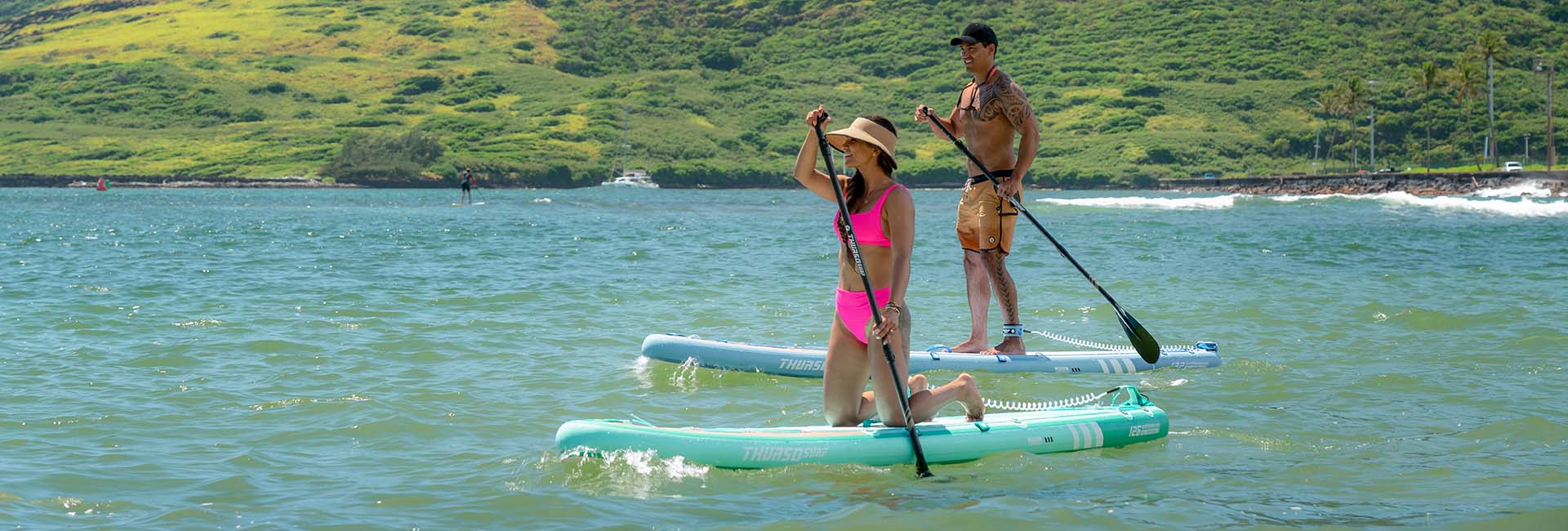
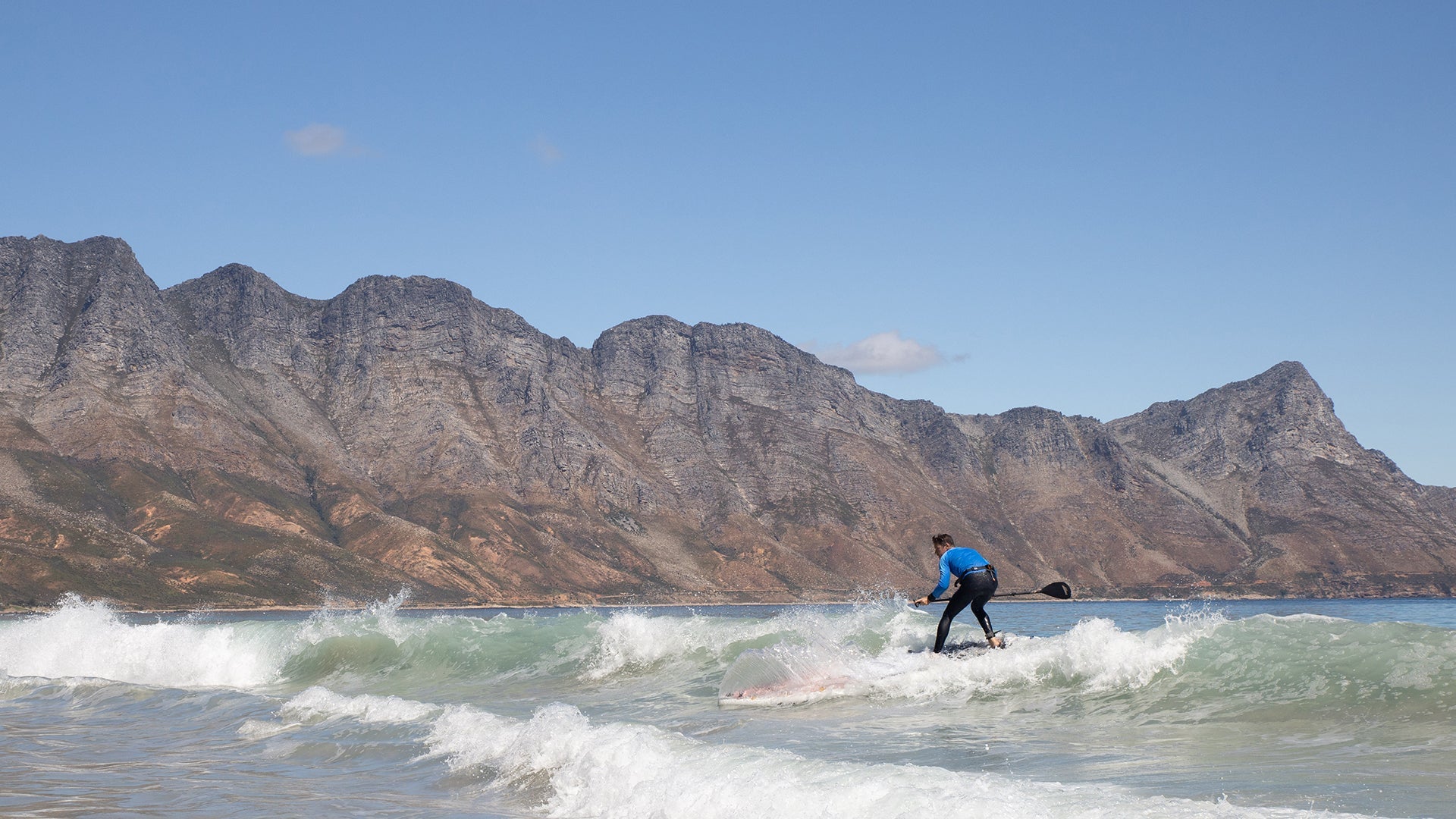
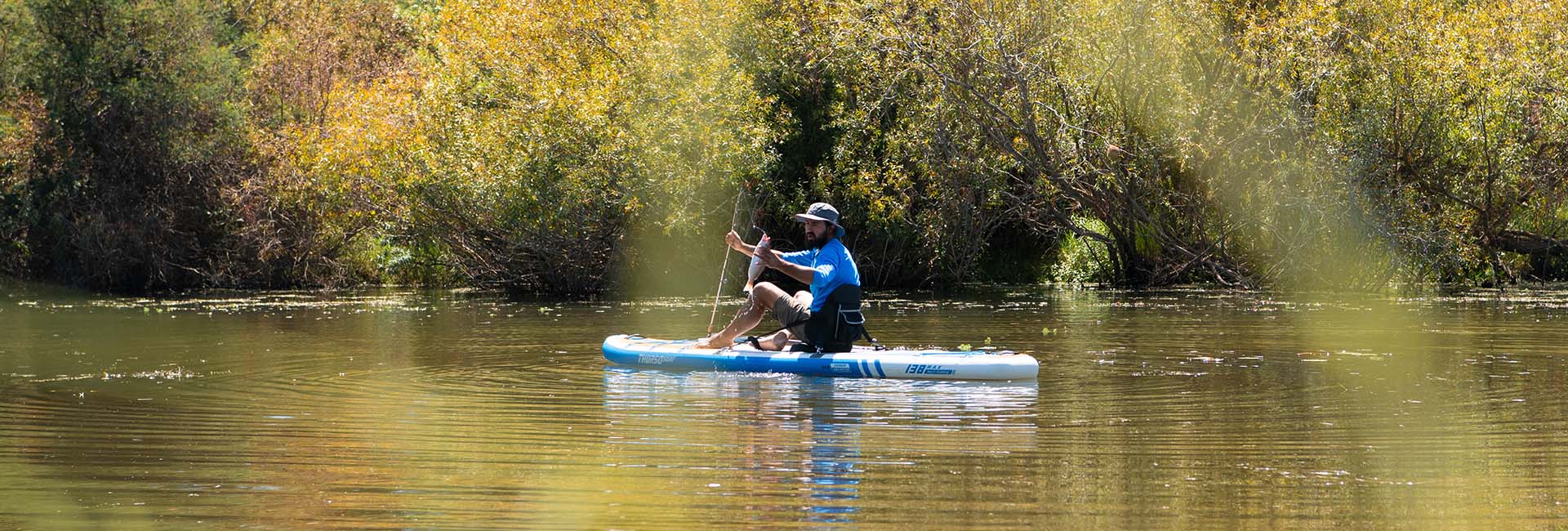
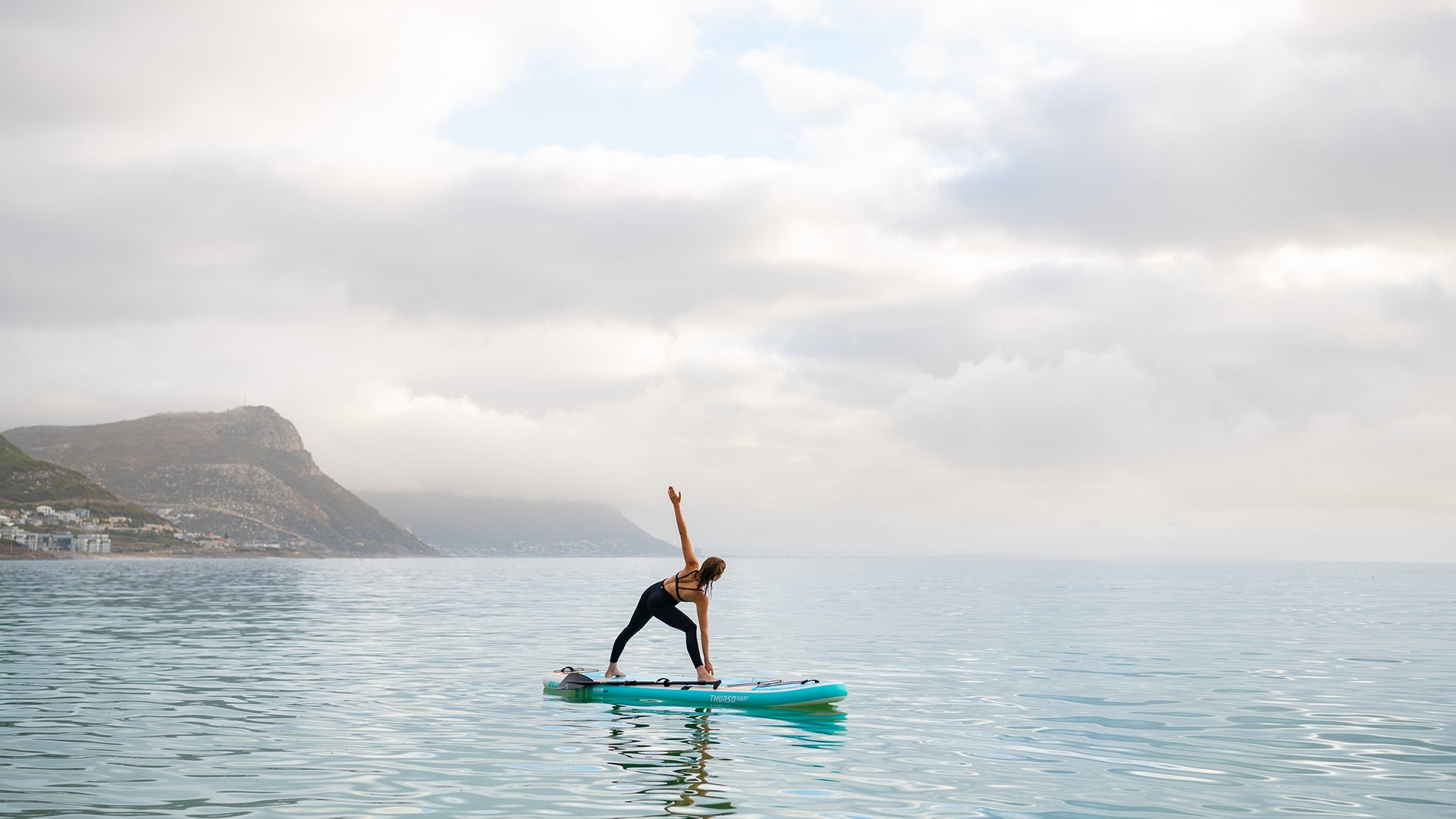
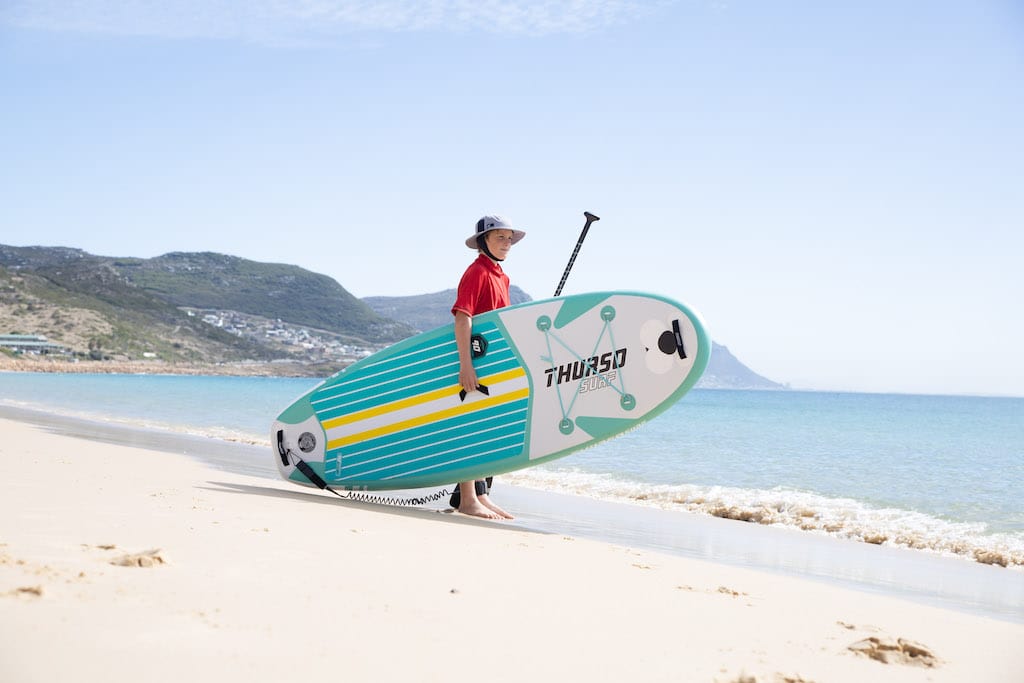
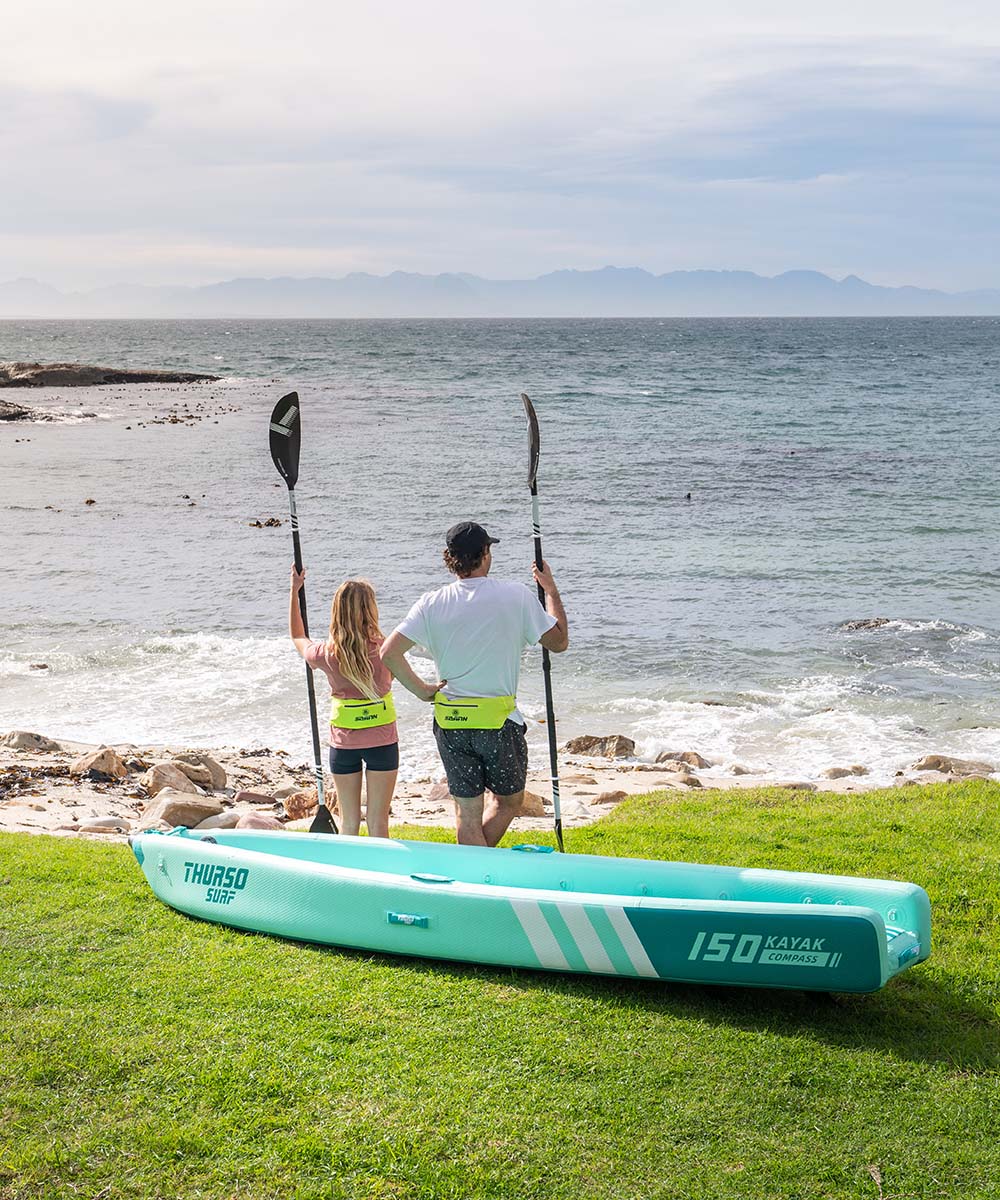
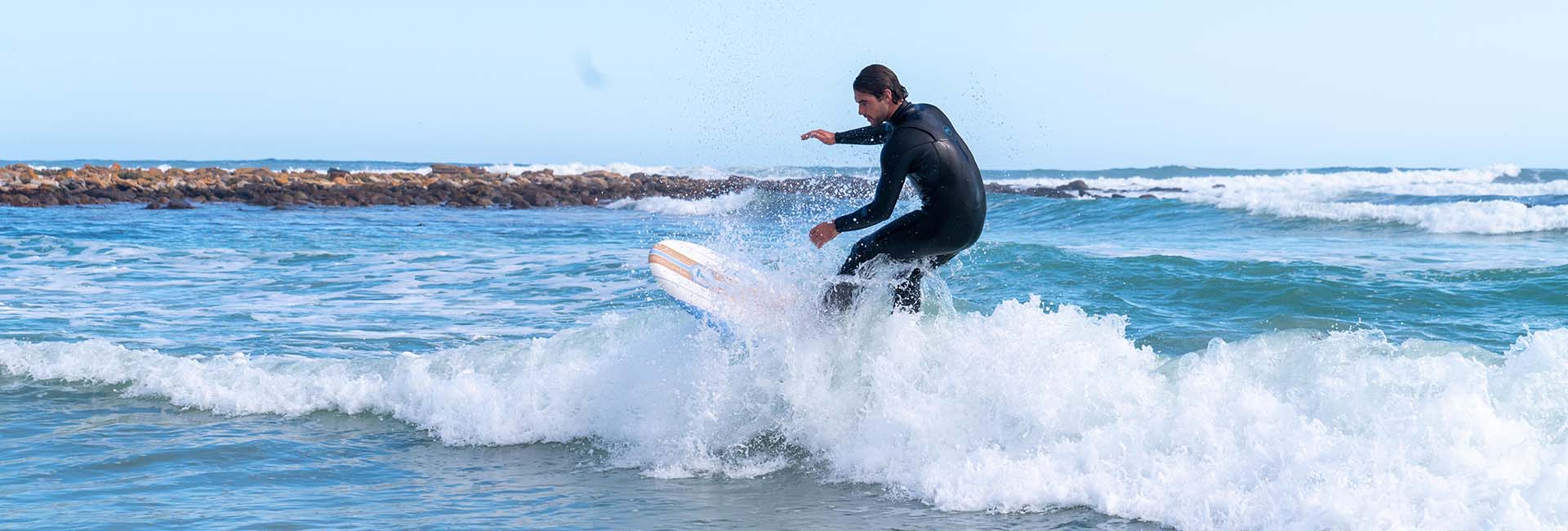
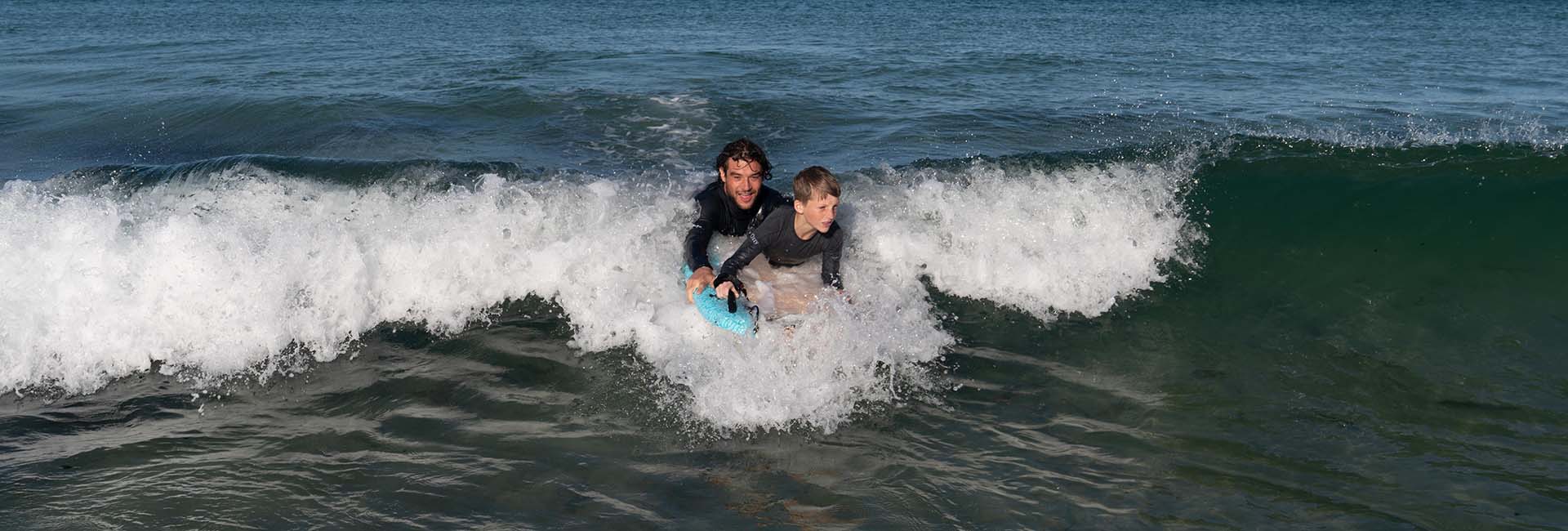
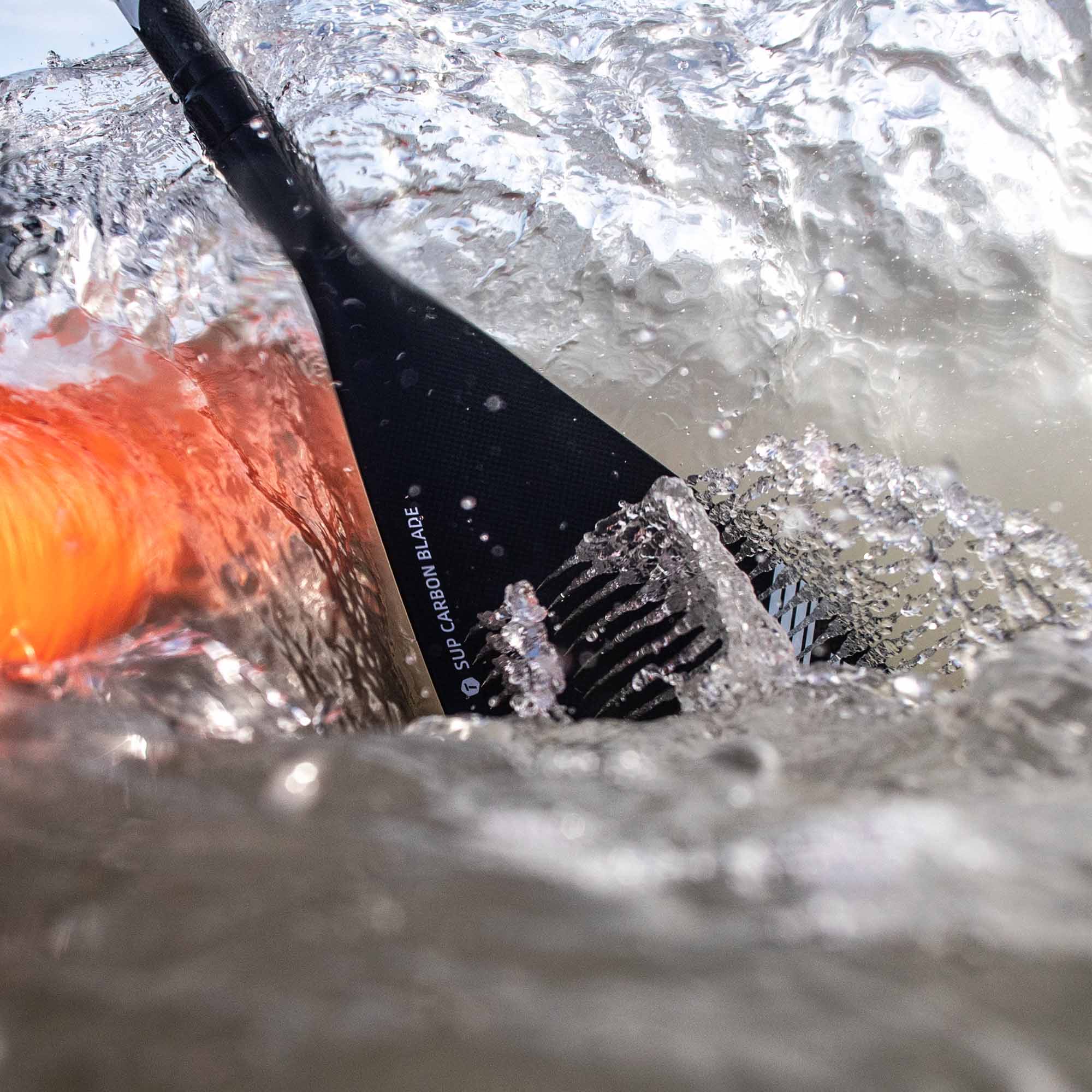
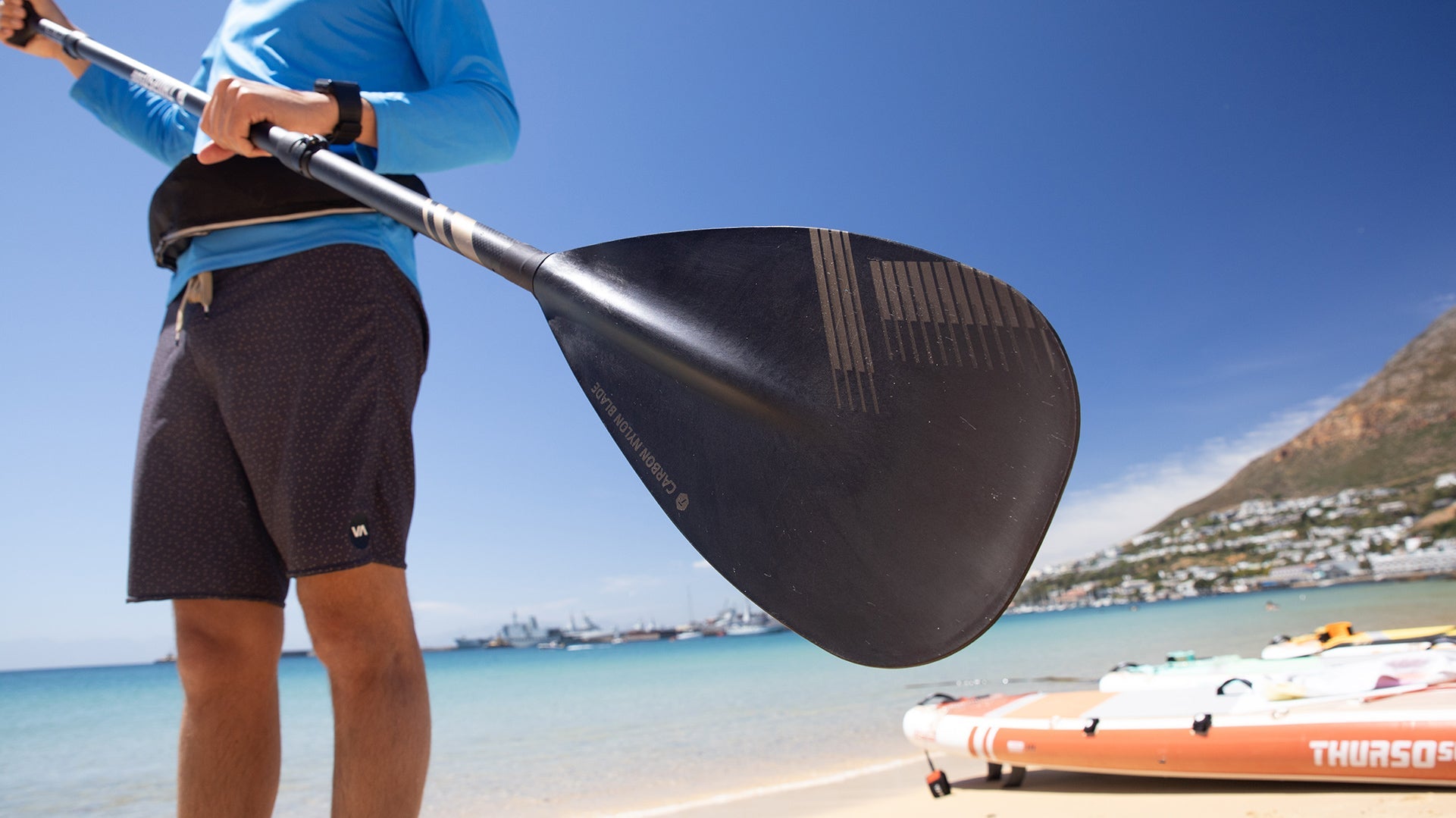
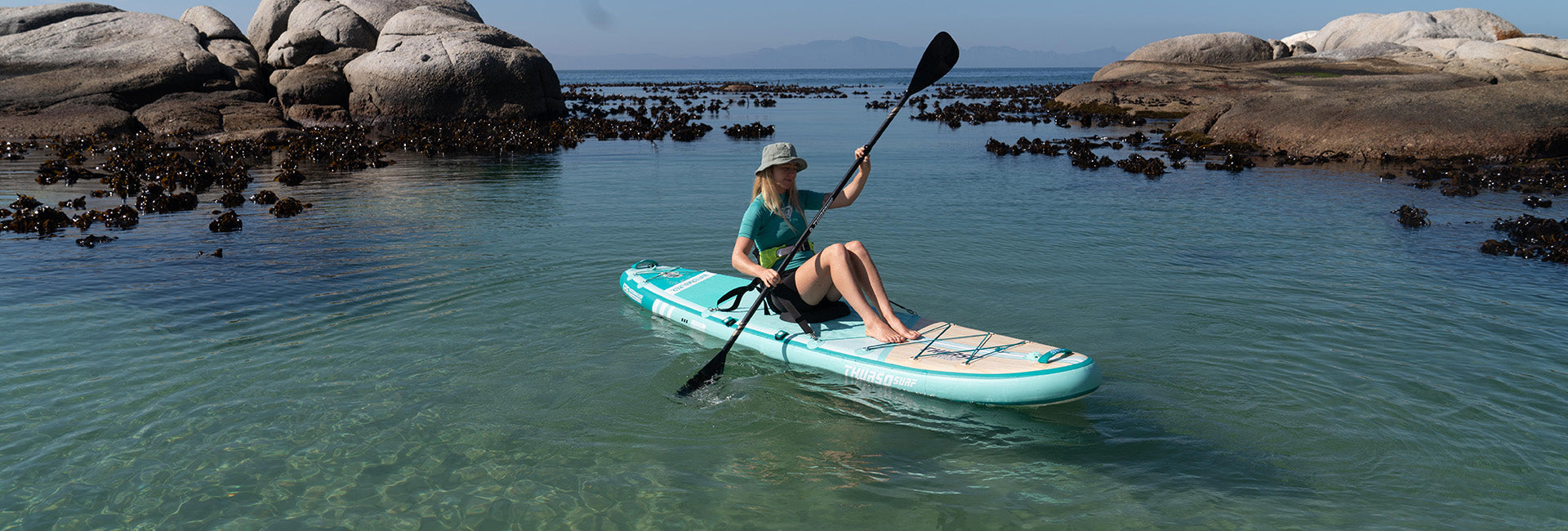

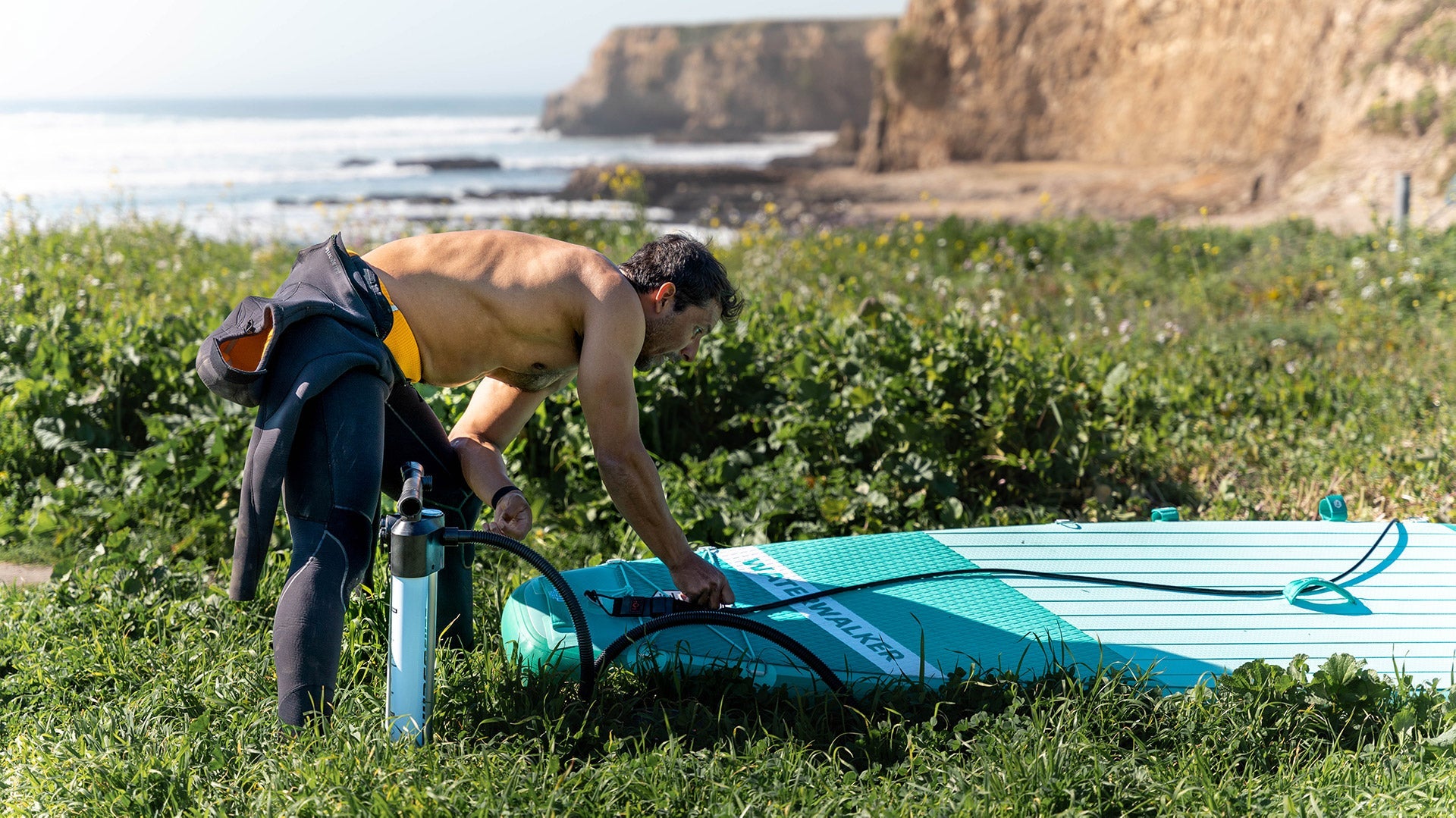
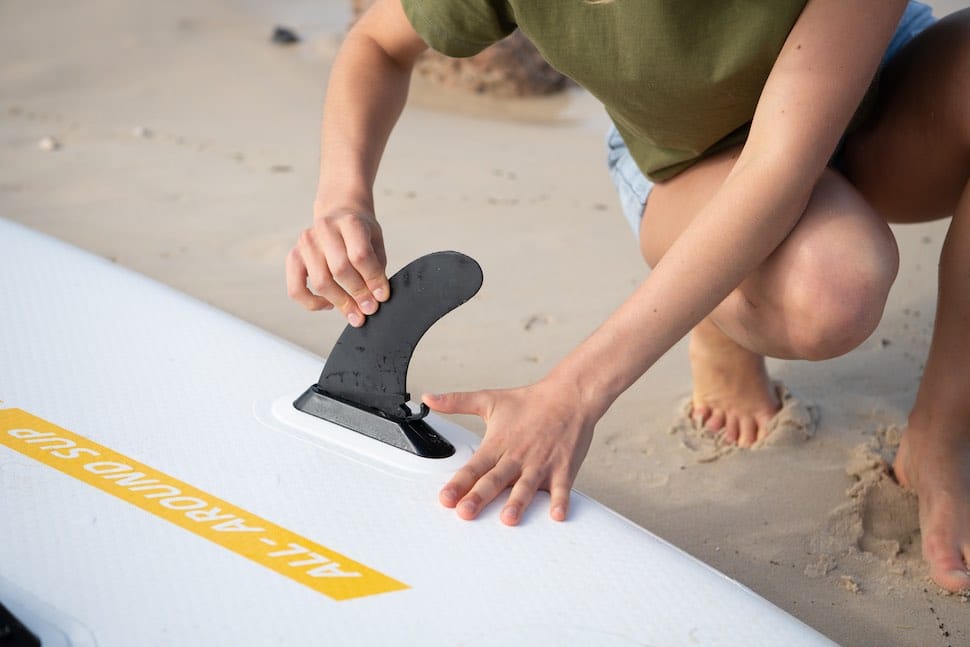
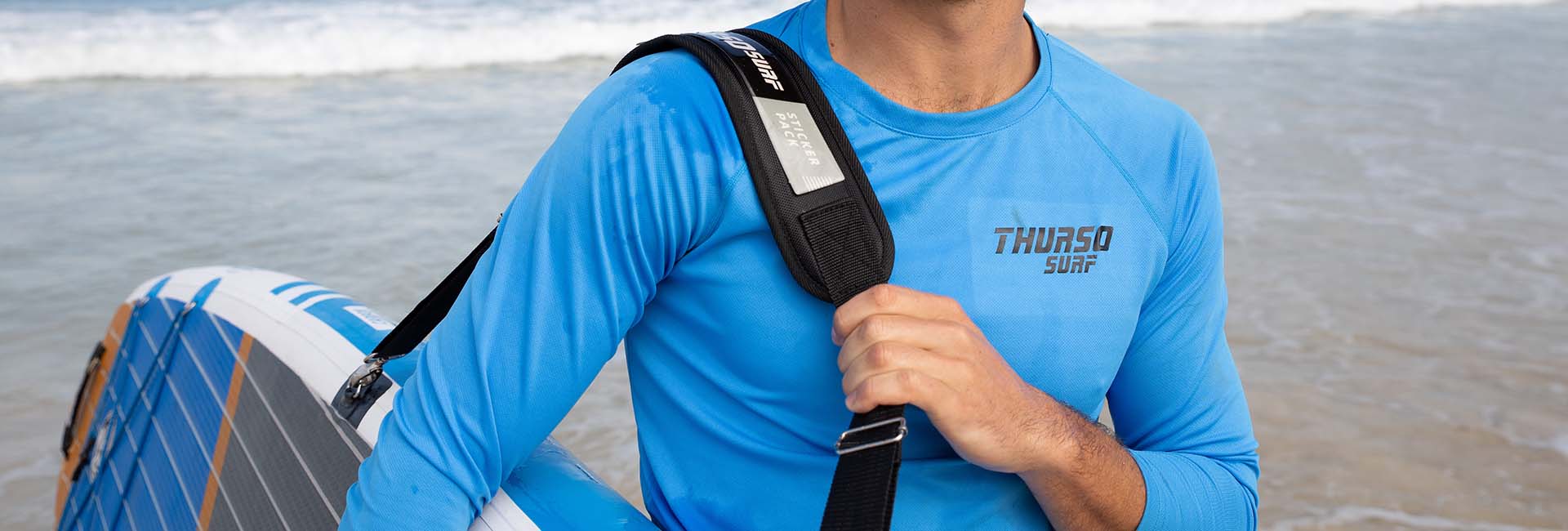
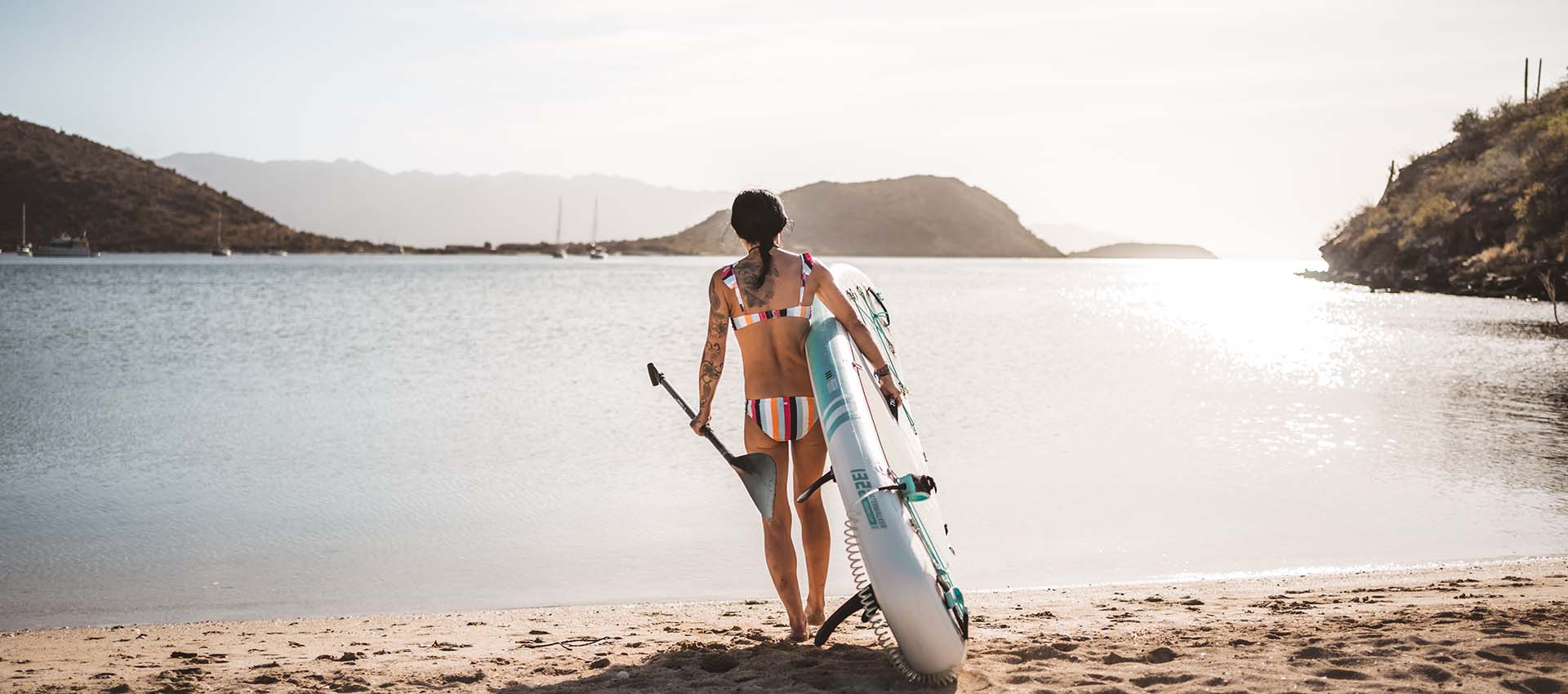
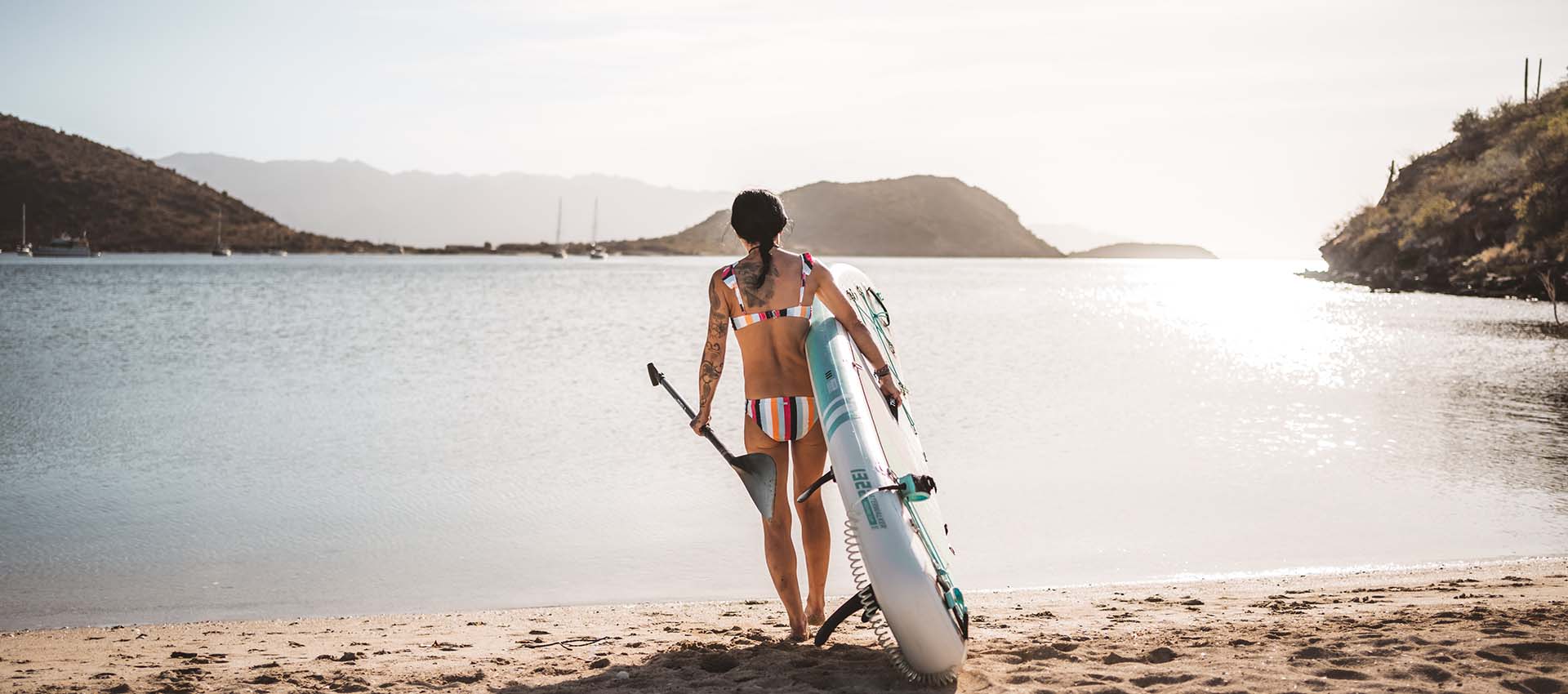

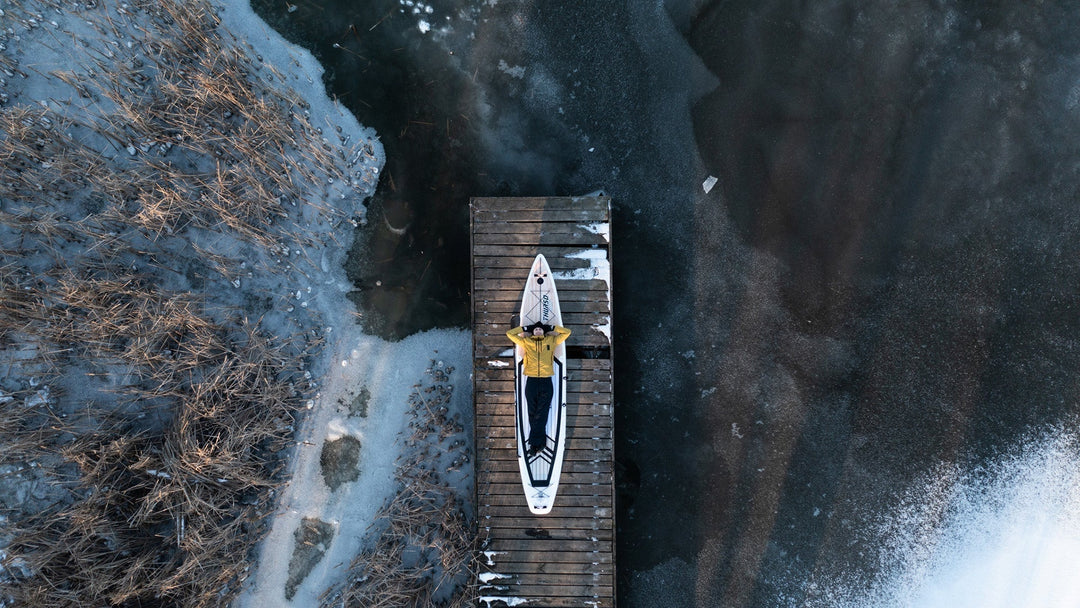
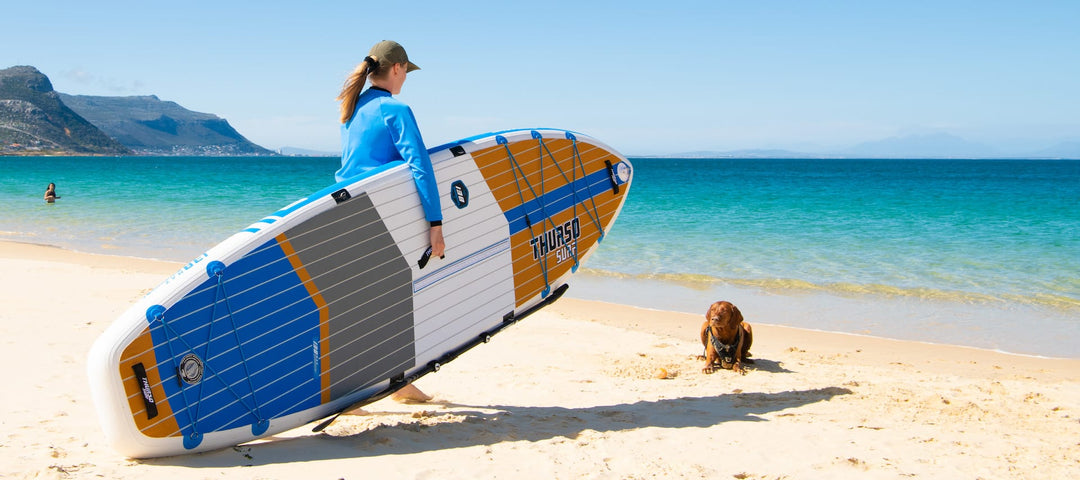
Leave a comment